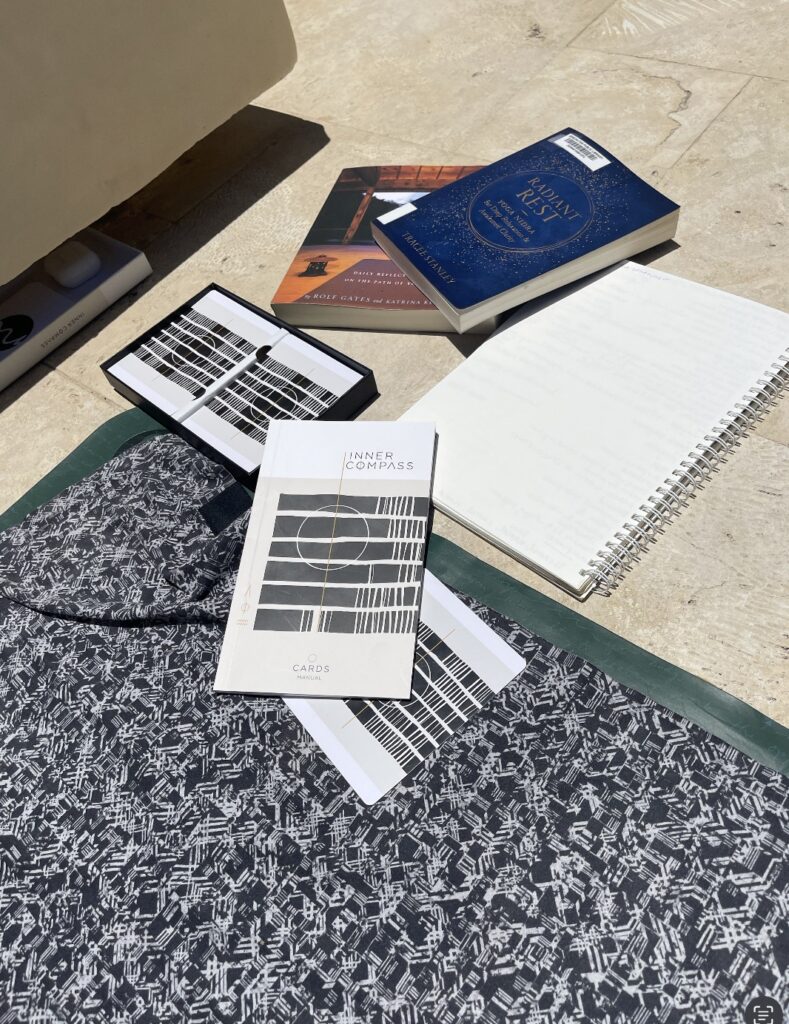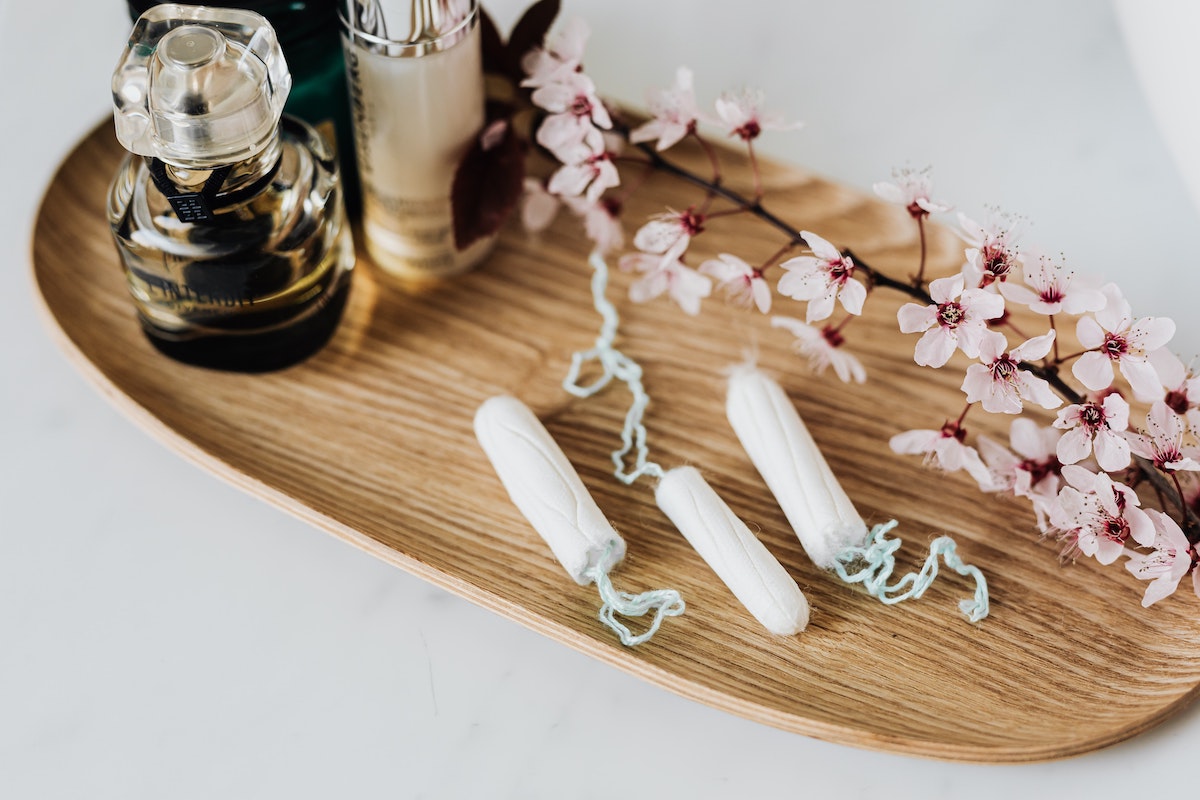How to Start a Meditation Practice (and Stick to It)
Over the years, I’ve dipped my toes into and out of a self-led meditation routine. Although I knew the benefits of establishing a meditation practice, I had trouble sticking with it.
Deep down, I knew that our brains are constantly overstimulated. I knew that sticking with meditation adds to my mental toolkit of resources to help manage stress, reduce negative thoughts, and become more satisfied in life. I knew all of this, and the science is there to back it up.
And yet, despite the fact that I’m a full-time yoga teacher, for a long time, I still couldn’t find the time to keep meditation as part of my daily practice consistently.
During a mountain biking and yoga retreat, I was reacquainted with a regular practice that finally landed in a way that I could feel in my bones was going to stick.
If you too would like to establish and stick with a meditation practice, I want to share with you what’s worked for me and what continues to keep me coming back to my meditation cushion. It’s not a quick fix solution. What I’m going to share with you won’t blow your mind or make you think, “Oh duh! I can’t believe I didn’t think of that!”
I’m going to share the perspectives that have shaped the way I think about meditation now, how I view what meditation looks like in my daily life, and with that perspective I hope to give you more tools to know how, when, where, and even perhaps why to start your own self-guided practice in a way that sticks.

Set the tone for your practice
Many folks consider meditation to be taking a seat, closing your eyes, and aiming to clear your thoughts. Our minds are designed to think (that’s their job, and we can thank them for what they do!), but that makes it hard — impossible, really — to “succeed” at meditation if that’s the goal.
To establish a regular meditation practice, define for yourself what meditation is and what it isn’t. Ultimately, you get to decide that. But rest assured the goal doesn’t need to be having no thoughts. That’s like asking the sky not to have clouds.
Instead, one of my meditation teachers, Rolf Gates, reminds us to cultivate a practice for our mind to be like the sky, big enough to hold the weather. It’s a subtle shift but one that helps me direct my focus and expectations.
I encourage you to find words that help you re-center in your intention for meditation that are easy to come back to. I like to think about meditation as the opportunity to befriend myself. Find what resonates best with you and use it as a guidepost when you start viewing your regular meditation practice more as a chore than a choice.
The nuts and bolts of a practice
Speaking of the regular practice of meditation, the practice of becoming more still doesn’t need to mean sitting rigidly still in a cross-legged seat. If a walking meditation works better for you, try that. Start somewhere, start anywhere. The first step is to begin, and the next step is to come back.
I do like taking a seat and closing my eyes as my preferred practice. Setting up a private space tends to work for me. If having a dedicated meditation cushion or bolster, space, or pre-meditation ritual like lighting a candle works for you, then great. None of it’s necessary, but any part of setting up your space may be helpful in making the practice more desirable.
I don’t have many rituals leading up to my practice. I do try to do two things to make it happen more consistently, though:
First, it’s in my calendar as Quiet Time every day. Some days I have to move the time, but I try to keep it consistently at the same time whenever I can. If I delete it from the calendar, I try to be really conscious about making that choice — and to remind myself I have the power to decide what to prioritize, just like I do with anything else in my calendar.
Second, I stack the habit of meditation in between two other habits. Right after brushing my teeth and before coffee — two things I don’t like to walk out the door without, so the effort to sit down on my mat gets sandwiched right in between the things I’m more used to doing.

Use tools to help you get more out of your practice
Sometimes, closing your eyes and breathing deeply will feel great. Other days, it may not get you out of your head. And that in and of itself can be the meditation to just notice that. But I encourage you to utilize various types of meditation (any of these are a great start) to add them to your toolkit. Try them all out, and try them at least a couple times.
You might also explore adding humming or tapping to your meditation practice.
What to do when you lose track
Consider something that’s a staple in your life now. Was it always that way or did it evolve to be that way over time? A meditation practice will take work in order for it to become a non-negotiable in your routine. No magic life hacks will rearrange your priorities for you. Ultimately, when you’re ready to have a regular meditation practice, you’ll still have to make the choice to go to your mat every day. You’ll be an active participant in making it happen, following through with it, and maintaining it when life gets in the way.
But I do like to recall what I learned at a training with Gates to help me stay hopeful when I lose my way or my practice falls to the wayside. His words help me come back. Gates says nature is efficient. Everything in nature finds a way to exist as efficiently as possible, and nothing is wasted. If our brains find another way to do things, a way that’s more efficient, it’s not going to go back. We might lose track of habits, but once we learn the larger shift underneath the habit, the habit will form itself.
This outlook helps me see my practice as something very different from an item on my to-do list. It’s work, but it’s bigger than that. I hope some of this lands for you, too. And if you find your way to your mat and you’re not sure where to begin, this loving awareness meditation might be a good place to start.












